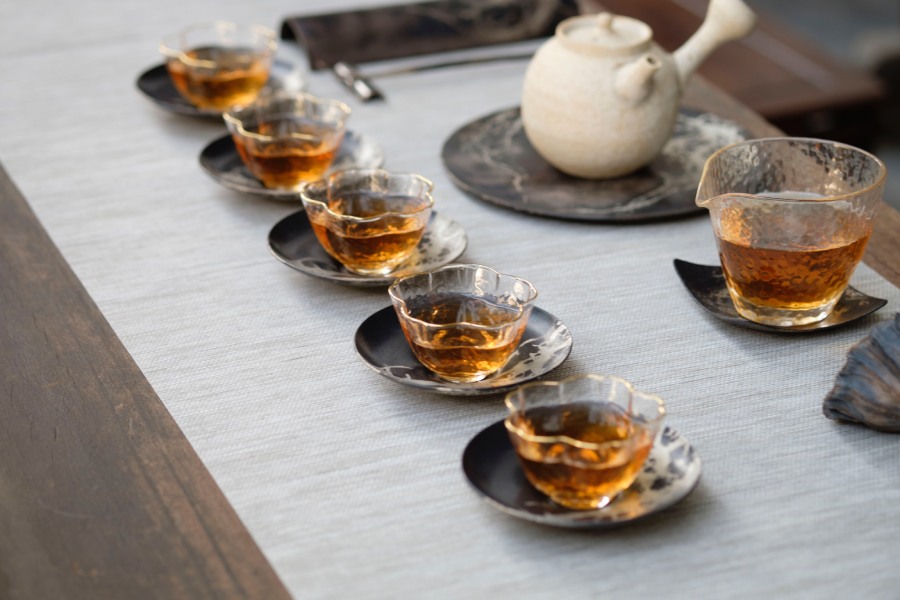The Role of Tea in Different Cultures and Societies

Tea is one of the most widely consumed beverages in the world, with a rich and complex history that has evolved over centuries. It is much more than just a drink; it is a cultural phenomenon that has played an important role in different societies and cultures. From the traditional tea ceremonies of Japan to the chaiwallahs of India, tea is an integral part of daily life in many parts of the world.
Origins of Tea
The origins of tea can be traced back to China, where it was first consumed as a medicinal drink over 4,000 years ago. According to legend, Emperor Shen Nong discovered tea when a leaf accidentally fell into a pot of boiling water. The resulting infusion intrigued the emperor, and he tried it himself. He found that it had a pleasant taste and a refreshing effect; thus, tea was born.
Tea in China
Tea quickly became popular in China and was consumed both as a beverage and for its medicinal properties. During the Tang dynasty (618-907 AD), tea became an integral part of Chinese culture, and tea drinking became an art form practiced by the aristocracy. Tea remains an important part of Chinese culture, and Chinese teas are renowned for their delicate flavors and aromas.
Tea in Japan
Tea was introduced to Japan in the 9th century by Buddhist monks who brought back tea seeds from China. Tea drinking in Japan evolved into a highly ritualized ceremony known as the Japanese tea ceremony or chanoyu. The ceremony involves preparing and presenting matcha, a powdered green tea whisked with hot water to produce a frothy, creamy drink. The ceremony emphasizes the principles of harmony, respect, purity, and tranquility and is considered a form of meditation.
Tea in India
In India, tea is more than just a drink; it is a way of life. Tea was introduced to India in the 19th century by the British, who established tea plantations in Assam and Darjeeling. Today, India is one of the largest tea producers in the world, and tea is consumed in every corner of the country. Masala chai, a spiced tea made with milk and a blend of aromatic spices, is a popular drink in India and is often served by chai wallahs, street vendors who sell tea from roadside stalls.
Tea in Britain
Tea has a long and storied history in Britain and is an integral part of British culture. Tea was first introduced to Britain in the 17th century, and by the 19th century, it had become the national drink. High tea, a meal served in the late afternoon or early evening and consisting of tea, sandwiches, scones, and cakes is a quintessentially British tradition. Tea remains a popular beverage in Britain and is enjoyed by people of all ages.
Tea in the Middle East
Tea is also an important part of daily life in the Middle East, often served with dates or other sweet treats. In some countries, such as Iran, tea is traditionally served in small, delicate glasses and is often infused with aromatic spices such as cardamom, cinnamon, and saffron.
Conclusion
Tea is more than just a beverage; it is a cultural phenomenon that has played an important role in different societies and cultures for centuries. From the traditional tea ceremonies of Japan to the chaiwallahs of India, tea has become an integral part of daily life in many parts of the world. Whether you prefer a cup of Chinese green tea or a spicy cup of masala chai, there is a tea culture for everyone to enjoy.
from: https://www.mochasandjavas.com/the-role-of-tea-in-different-cultures-and-societies/?utm_source=rss&utm_medium=rss&utm_campaign=the-role-of-tea-in-different-cultures-and-societies
Comments
Post a Comment